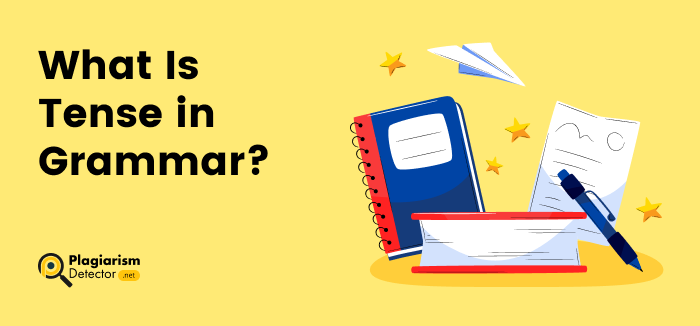How to Use Commas Correctly in Your Content?

Among the wide range of punctuation marks, a comma is used the most number of times. However, its wide usage also makes it the most misused punctuation mark. Written communication isn’t possible without the use of punctuation marks. Punctuations carry a lot of importance in English and any other language, as they direct a reader when to stop, slow down, or speed up while going through any text.
Without punctuation marks, it wouldn’t be possible for anyone to make readers understand what they have written. A comma alone has several uses in written communication, and you should have complete knowledge about them in order to write content flawlessly.
If you are eager to learn the correct usage of commas in your content, then you are on the right page. Here are some rules to help you know when to use commas.
What is a Comma?
Before we delve into the usage of commas in your content, let’s first briefly describe what is a comma. A comma is a punctuation mark that works as a smaller break in comparison to a period, i.e., used to indicate the end of a sentence. Several writers perceive a comma as a soft pause in a sentence. A comma simply separates words, clauses, and ideas in a sentence without ending it.
Rules for Using Commas Correctly in Your Content
There are multiple rules for using commas and being a writer, it’s essential for you to have a clear idea of them. The prominent comma rules described below can help you understand how you can use commas correctly in your content:
Connect Two Independent Clauses
An independent clause is a complete sentence. However, it isn’t compulsory to end an independent clause, as you can make it a compound sentence by adding another independent clause to it. So, when you need to connect two independent clauses, you are required to use a comma to indicate a small pause between them. The usage of a comma is crucial between two independent clauses, as without a comma, the readers won’t be able to comprehend the meaning of your sentence appropriately.
Separate Items in a List
When listing down items in a sentence, it’s essential to separate them with commas. It’s an essential comma rule to remember, and you might already be aware of it. This rule isn’t applicable when there are only two items. When you need to write down 3 or more items, then it’s necessary to use commas. It’s also important to know that you need to use ‘and’ before the last item in the list. Traditionally, a comma wasn’t placed before ‘and’ while listing items. But now, it’s mandatory to use a comma before ‘and’ as well in a list.
Link an Incomplete Sentence with a Complete One
An incomplete sentence or a dependent clause cannot express the meaning on its own. You need to link it with a complete sentence in order to convey what you are trying to say. Hence, in order to link an incomplete and a complete sentence, you need to use a comma. Without a comma, these two clauses won’t allow you to form a correct sentence. In fact, this type of sentence can sound vague and may draw the readers away from your content.
Describe a Noun with Two Coordinate Adjectives
An adjective is a word or phrase that describes or modifies a noun. When you need to describe a noun with two or more adjectives, then you need to separate them with commas. It may sound similar to the separation of items in a list. However, the items always need to conclude with an ‘and,’ but this isn’t the case with adjectives. It’s mandatory to use commas between coordinate adjectives describing a noun.
Final Words
The correct usage of commas is crucial in any type of content. Whether you are writing a blog, news, article, product description, business proposal, or email, it’s essential to use commas just like other punctuation marks. If you want to make sure that your content doesn’t contain commas or any other sort of punctuation mistake, then you can get your hands on the online punctuation checker. This tool identifies misplaced and missing commas in your content and helps you rectify them. Try it out now for free!




